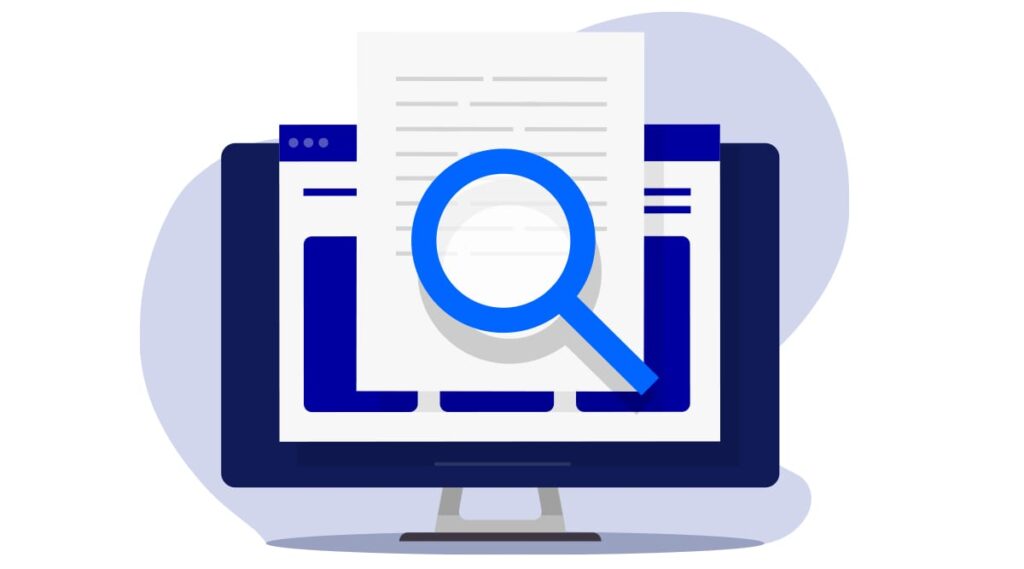In litigation and investigations, legal teams must collect, process (make searchable), and review often large volumes of electronically stored information (ESI). Time is of the essence to find the facts that will tell the story: what happened, who was involved, when and where events occurred and other pertinent facts that will help drive settlement or case resolution. But review is typically the most time-consuming and costliest part of the eDiscovery process, accounting for a whopping 70% of litigation costs.
To meet tight deadlines, many organizations and their law firms throw large numbers of reviewers at a project, believing that the more bodies, the faster the review will go, the more rapidly the facts will be uncovered, and fewer dollars will be spent. However, the larger the review team, the greater the inefficiency, the greater the chance of misalignment that results in coding inconsistencies, and the greater the chance for suboptimal results.
For example, take a technology-assisted review (TAR) project with 300 reviewers. On average, the reviewers found half the documents to be responsive. However, there was a huge risk of coding errors and inconsistencies: 50% of reviewers coded a document as relevant while 50% of reviewers coded a similar document as non-relevant. Inconsistent training, project longevity, individual human judgments, and reviewer fatigue all contribute to inconsistent coding, missing critical information, and potentially exposing sensitive documents.
How do forward-thinking managed document review teams solve the big review team conundrum to optimize results for corporate law departments and their outside counsel?
Solving the big review team conundrum
The big review team conundrum is solved by leveraging an experienced managed review team that aligns the with the technology team, client, and outside counsel, optimizes technology and applies the best workflow to the matter.
Corporations and outside counsel alike benefit from this approach.
By partnering with OpenText, it has allowed our attorneys to provide cutting-edge legal services at a fraction of the cost. Utilizing the OpenText continuous active learning technology in addition to their talented document review team allows us to save client financial resources by quickly and more accurately identifying responsive documents.”
Robin Stewart, Head of eDiscovery, Litigator and Partner, Kutak Rock
1. Early alignment is critical to success—and can save substantial costs
Alignment between the managed review team, the client and outside counsel results in measurably more reliable and accurate coding, with repeatable and consistent QC processes employed for privilege, responsive, non-responsive, PII, PHI, hot documents and more. When robust QC processes are employed at the start of a project, the managed review team can reduce QC by outside counsel—often 20% of the documents reviewed—to 5% or less. This can result in substantial cost-savings—in the order of tens or even hundreds of thousands of dollars per project like one global technology company.
2. Exploiting technology provides much better control
Technology-assisted review based on continuous active or machine learning significantly improves control for reviewer consistency by surfacing likely responsive documents to the top of the pile to review. TAR, such as the OpenText Core Insight Predict based on continuous active learning or OpenText eDiscovery predictive coding, continuously ranks documents to take advantage of additional judgments by reviewers in real-time. As training continues, the algorithm and document rankings continuously improve so the review team finds relevant documents faster. Moreover, TAR can be used stop and validate review at a reasonable recall rate (how many of the relevant documents in a collection have been actually found), saving time and costs of reviewing unnecessary or extra documents.
3. Smaller, focused teams enhance alignment
Take the same project referenced above with 300 reviewers on any single day. With optimized technology, including technology-assisted review, and an aligned team for enhanced QC, total project reviewers can be reduced from 300 to just 60, average responsiveness rates increase to 60% and the error rate (inconsistent coding calls) is reduced to just 11%. Again, resulting in substantial cost savings.
4. The appropriate technology and automated workflows enhance the review
Based on the client need, the managed review team will implement the most efficient review, refining workflow as needed while protecting sensitive data. This could be a straight continuous active learning review using Insight Predict to minimize the number of documents reviews and generate cost-savings. It could be a highly automated Cut Point review to expedite a large review for production such as a third-party subpoena or second request. Or it could be an OpenText Investigations Service review in which a small team uses analytics to provide quick, accurate results at exceptionally high recall and precision (how many of the documents retrieved are actually relevant, or on target), along with much greater insight into the substance of the documents.
In any review scenario, when large volumes are involved, the solution is never to throw more bodies at the project. Rather, a small, aligned team using optimized technology and comprehensive QC processes will get the job done faster, with measurably better results and at substantially lower cost.
To learn more, visit the OpenText Managed Document Review webpage or schedule a time to chat with us.



